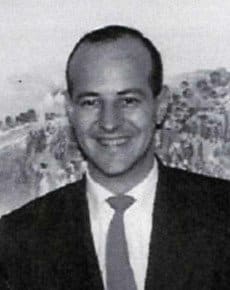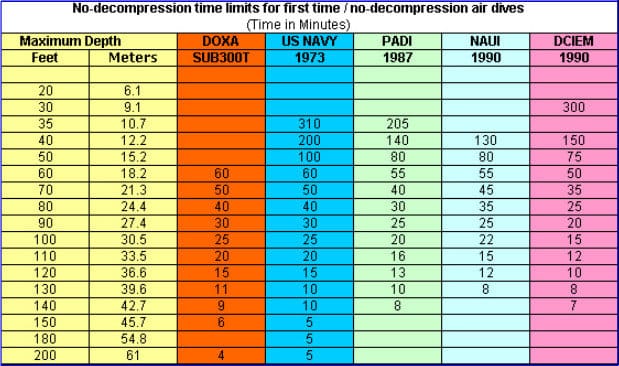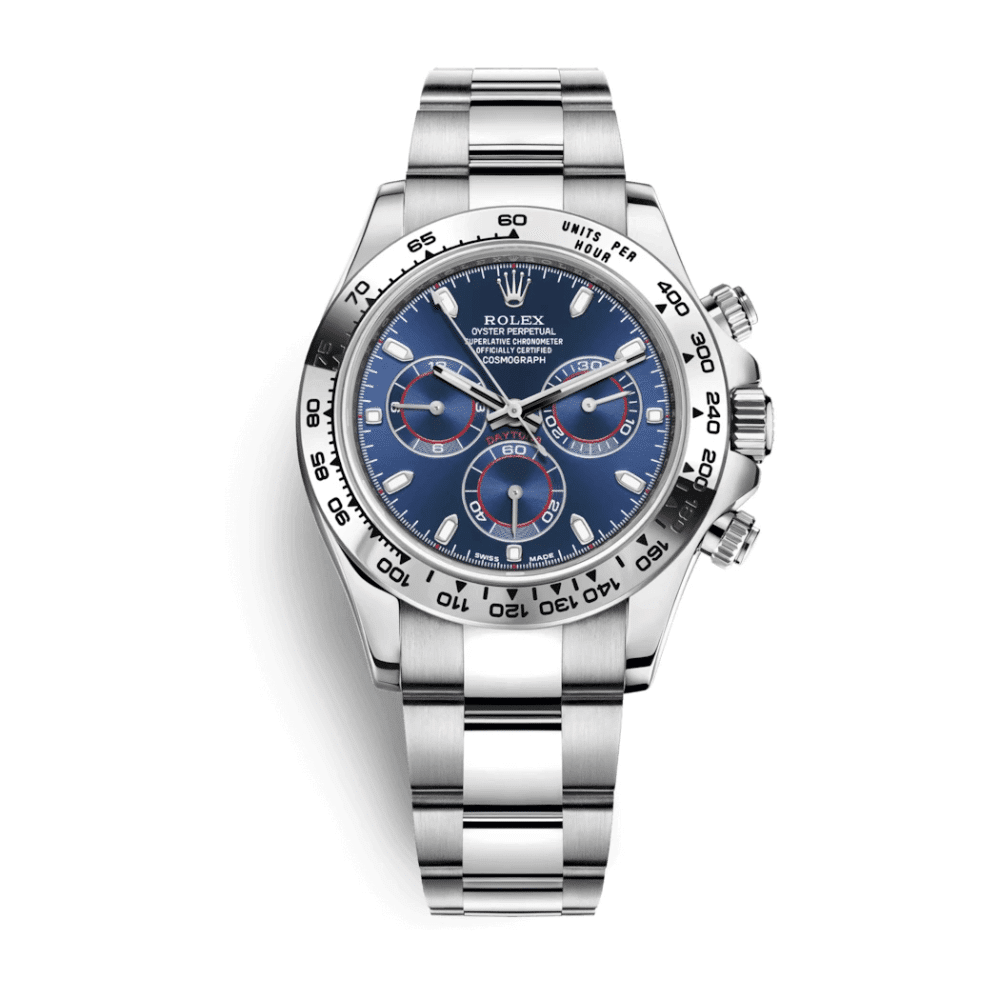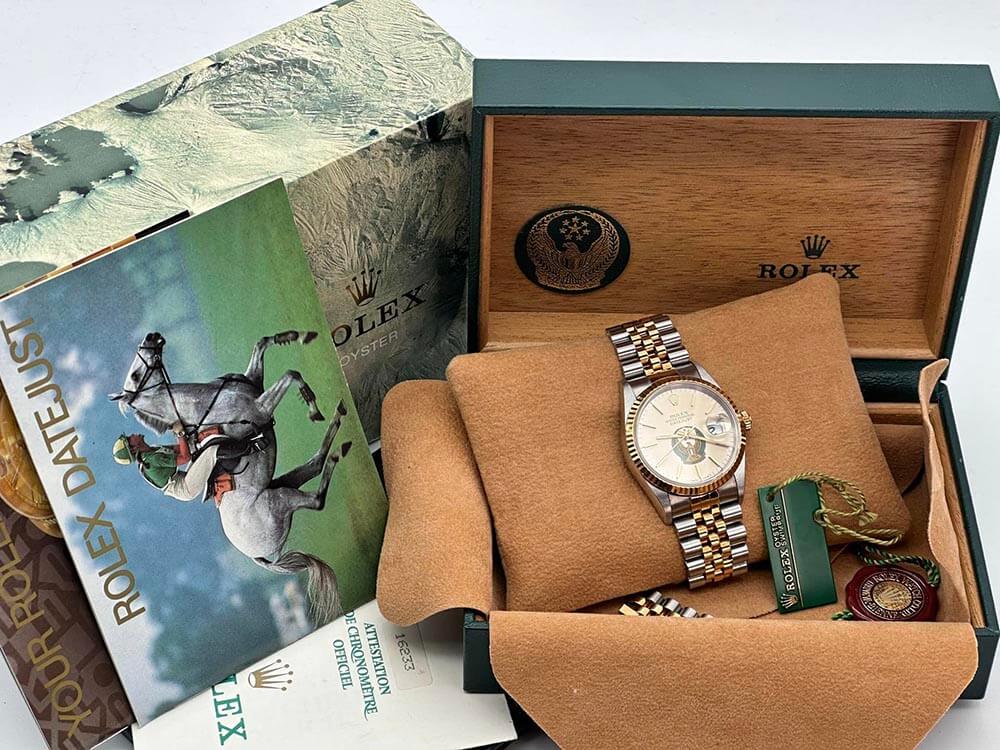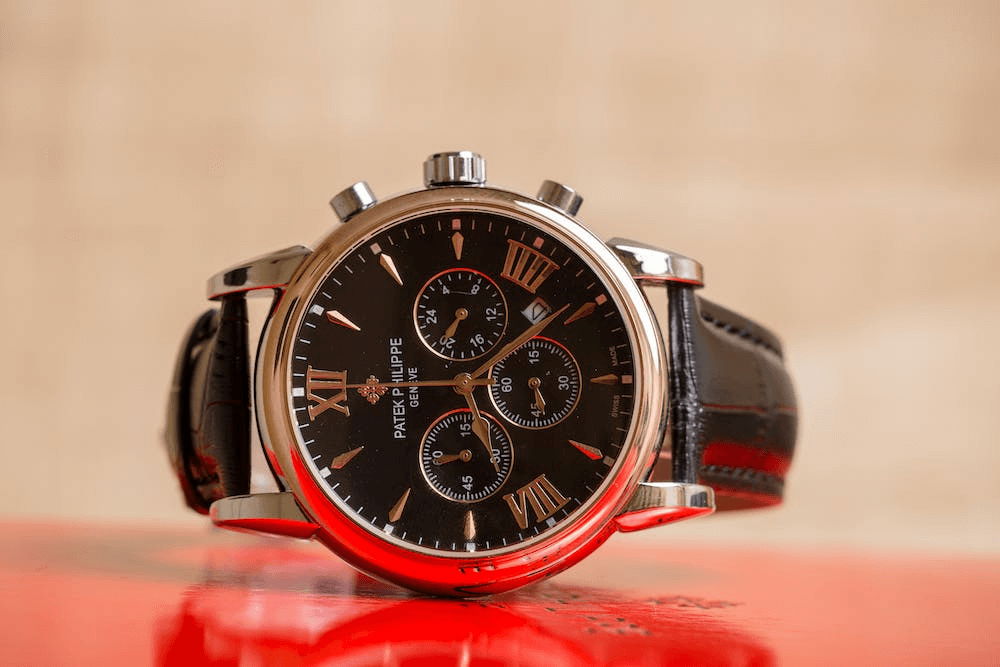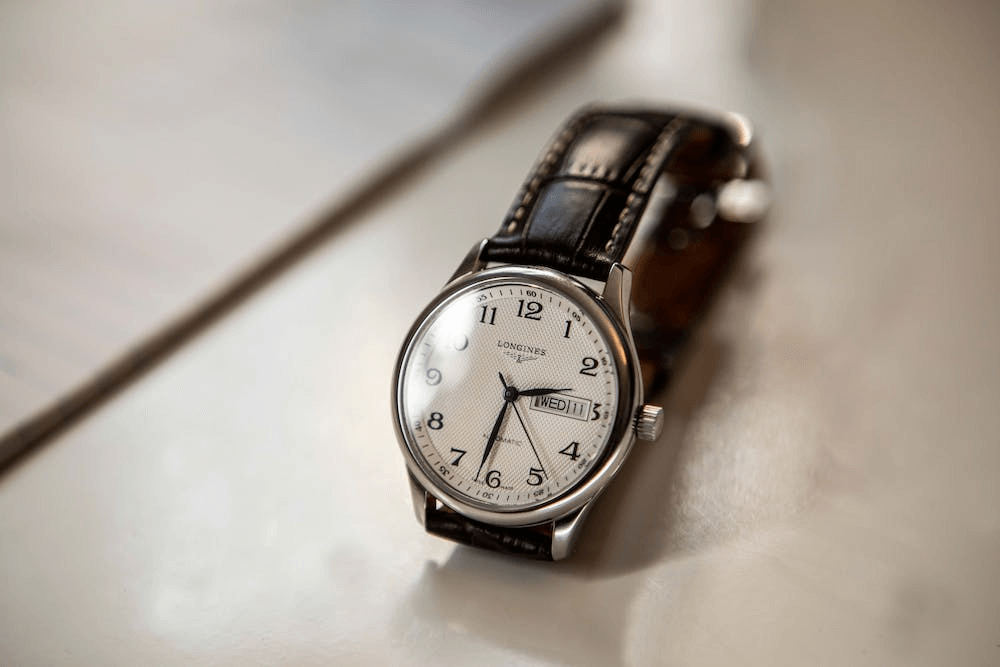Mr. Urs Eschle was the product manager of the original
DOXA SUB and head of operations at the company in
the sixties (reporting directly to the general manager
and owner. Urs Eschle worked for Montres DOXA SA
from 1956 till 1968, by 1964 he was the ‘Directeur Com-
mercial’. This is equivalent to an operations manager
these days, but more importantly, he is the man behind
the legendary orange face DOXA SUB. It was his vision,
idea and implementation.
Back in the early Sixties, DOXA was one of the major
Swiss watch manufacturers with over 150 employees.
When diving evolved from a being a military necessity
and a profession to be a popular sport and began to get
popular among the masses, people who were fortunate
enough to be able to afford diving equipment, relied on
Rolex watches. In those days, the term diver watch did
not actually exist and a watch dedicated for diving or so
called “diver watch” did not exist either. DOXA was the
first watch company to develop and offer a wrist watch
primarily dedicated for sports diving purposes. The first
ever dedicated sports diver watch was made by DOXA
and introduced to the public at the Basel show in 1966.
It was also the first watch to be marketed as a piece of diving equipment from the US Divers company
and was also the first watch to be given the their Aqualung logo as a proof of reliability.
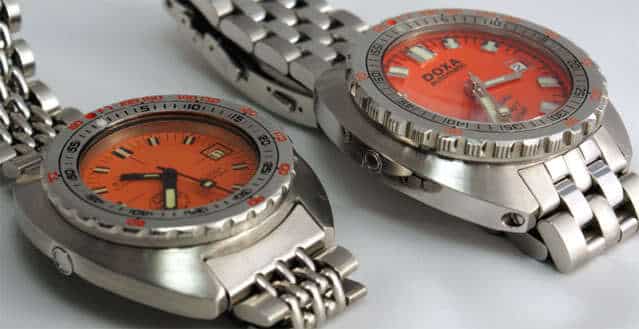
I instigated the diver watch project in 1964 and set up a research team with several professional divers
and experienced DOXA watchmakers. Among the members of the team, was the famous French diver,
Mr. Claude Wesly. Claude Wesly and Albert Falco were the first men to live 33 feet underwater for 7
days in a large cylindrical habitat called Diogenes during the Conshelf experiments in September 1962.
He collaborated with Jacques Cousteau from that time, accompanying him on most of his scientific ex-
peditions and also taking part in the Precontinent I, II and III.
The goals for the research team were clear; to de-
velop the first affordable sports diver watch for leisure
and professional divers and make it a reliable, com-
fortable, highly legible and easy to use piece of equip-
ment. Each of these project goals were taken care of
by a member of the team.
To enhance the functionality of the watch under ex-
treme conditions, DOXA used a number of innova-
tions. The first being a massive solid stainless steel
case. The case dimensions of 45mm long, 45mm wide
and 12mm high far exceeded the typical dimensions
of a watch case at that time.
To increase the reliability of the watch in order to be
able to rely on it’s functionality under extreme condi-
tions, DOXA used a massive solid stainless case to
house a slow beating self winding movement.

